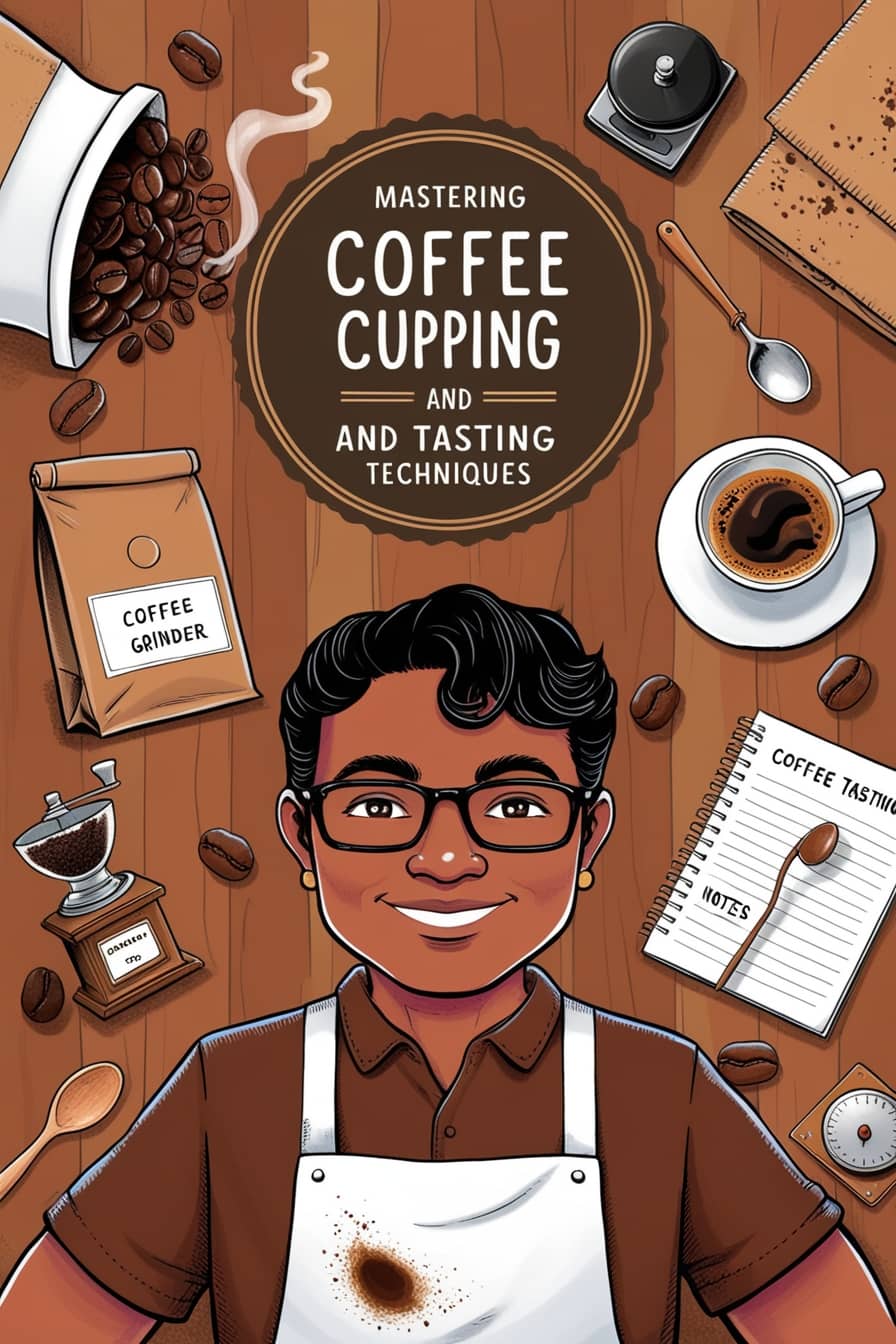
Coffee cupping is more than just a casual tasting—it’s a systematic, professional approach to evaluating coffee that transforms how we understand and appreciate this beloved beverage. For coffee enthusiasts, professionals, and those passionate about understanding the nuanced world of coffee, mastering coffee cupping and tasting techniques is an essential skill that unlocks a deeper appreciation of this complex drink.
What is Coffee Cupping?
Coffee cupping is a standardized method of systematically evaluating coffee’s characteristics, used by professional roasters, buyers, and coffee experts worldwide. This meticulous process allows individuals to assess a coffee’s quality, identify flavor profiles, and understand its unique attributes through a structured tasting approach.
The Historical Context of Coffee Cupping
Coffee cupping emerged in the late 19th century as coffee traders sought a reliable method to assess coffee quality before making purchasing decisions. What began as a practical evaluation technique has evolved into a sophisticated sensory assessment that combines science, art, and passion.
Essential Equipment for Coffee Cupping
Before diving into the techniques, let’s explore the fundamental tools required for a professional coffee cupping session:
1. Cupping Bowls: Standardized ceramic or glass cups that allow for consistent evaluation
2. Cupping Spoons: Specialized deep-bowled spoons designed for slurping and evaluating coffee
3. Grinder: A burr grinder capable of producing consistent, medium-coarse ground coffee
4. Digital Scale: For precise coffee and water measurements
5. Kettles: Preferably with gooseneck spouts for controlled water pouring
6. Timer: To ensure consistent brewing times
7. Cupping Form: A standardized scoresheet for recording observations
The Step-by-Step Coffee Cupping Process
1. Selecting and Preparing Coffee Samples
Successful coffee cupping begins with careful sample selection. Professionals typically evaluate multiple coffees simultaneously, comparing their characteristics side by side. Choose freshly roasted beans, ideally roasted within the past 1-2 weeks, to ensure optimal flavor representation.
Grinding Considerations
– Grind coffee to a medium-coarse consistency, similar to sea salt
– Maintain consistent grind size across all samples
– Grind immediately before cupping to preserve volatile aromatic compounds
2. Fragrance and Aroma Assessment
Before adding water, professional cuppers first evaluate the dry ground coffee’s fragrance. This initial assessment provides insights into the coffee’s potential flavor characteristics.
Dry Fragrance Evaluation Steps:
– Inhale deeply over the ground coffee
– Note initial impressions
– Identify preliminary aromatic notes
– Record observations on complexity and intensity
After grinding, cuppers assess the coffee’s wet aroma by adding hot water and allowing it to steep.
3. Breaking the Crust and Aroma Evaluation
A crust forms on the surface after pouring hot water over the grounds. Breaking this crust is a crucial moment in coffee cupping that releases intense aromas.
**Crust-Breaking Technique:**
– Use the cupping spoon to gently break the crust
– Hold the spoon close to your nose
– Take deep, deliberate inhalations
– Note the emerging aromatic characteristics
4. Flavor and Taste Evaluation
The most critical stage of coffee cupping involves tasting the coffee through a process called “slurping.”
Professional Slurping Technique:
– Use a specialized cupping spoon
– Draw coffee quickly and forcefully across your palate
– Aim to distribute coffee across all taste receptors
– Assess flavor, acidity, body, and overall balance
Key Tasting Characteristics to Evaluate:
1. Flavor: Complex taste impressions
2. Acidity: Brightness and liveliness
3. Body: Tactile sensation and weight
4. Sweetness: Natural sugar perception
5. Aftertaste: Lingering flavor impressions
5. Scoring and Evaluation
Professional coffee cuppers use standardized scoring sheets to quantify their observations. The Specialty Coffee Association (SCA) provides a comprehensive 100-point scoring system that evaluates multiple aspects of coffee quality.
Advanced Tasting Techniques
Flavor Wheel Utilization
The Coffee Flavor Wheel is an invaluable tool for professional cuppers. This comprehensive chart helps categorize and describe complex flavor notes, bridging subjective experience with standardized terminology.
Palate Training
Developing an expert palate requires consistent practice and intentional sensory exploration. Recommended strategies include:
– Regular cupping sessions
– Comparative tastings
– Sensory diversity training
– Maintaining a tasting journal
– Exploring diverse coffee origins
Common Challenges in Coffee Cupping
Palate Fatigue
Professional cuppers must manage sensory exhaustion by:
– Limiting the number of coffees per session
– Providing palate cleansers
– Taking strategic breaks
– Staying hydrated
Bias Mitigation
To ensure objective evaluation, implement:
– Blind tasting protocols
– Multiple cupper involvement
– Standardized assessment frameworks
Environmental Considerations
The cupping environment significantly impacts sensory perception. Ideal conditions include:
– Neutral room temperature (approximately 70°F)
– Minimal external aromatic interference
– Consistent lighting
– Quiet, focused atmosphere
Emerging Trends in Coffee Cupping
Technology Integration
Innovative tools are transforming coffee cupping:
– Digital flavor tracking applications
– Advanced sensory analysis software
– Spectral analysis technologies
Sustainability Focus
Modern cupping practices increasingly emphasize:
– Traceability
– Ethical sourcing
– Environmental impact assessment
Conclusion: The Art and Science of Coffee Cupping
Coffee cupping represents a perfect fusion of scientific precision and sensory artistry. By mastering these techniques, enthusiasts, and professionals can unlock a deeper understanding and appreciation of coffee’s incredible complexity.
Whether you’re a professional roaster, a dedicated coffee shop owner, or an enthusiastic home brewer, developing your coffee cupping skills opens doors to a more nuanced, respectful relationship with this remarkable beverage.
Final Insights:
– Practice consistently
– Stay curious
– Embrace continuous learning
– Respect the coffee’s journey from farm to cup
Disclaimer: This guide is intended for educational purposes and represents professional coffee cupping methodologies as of the current date.



